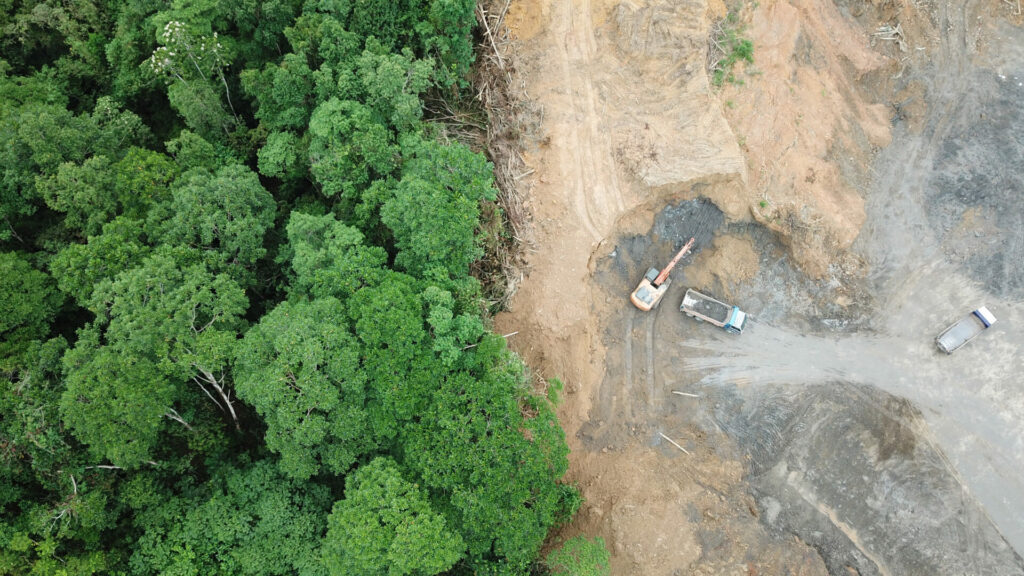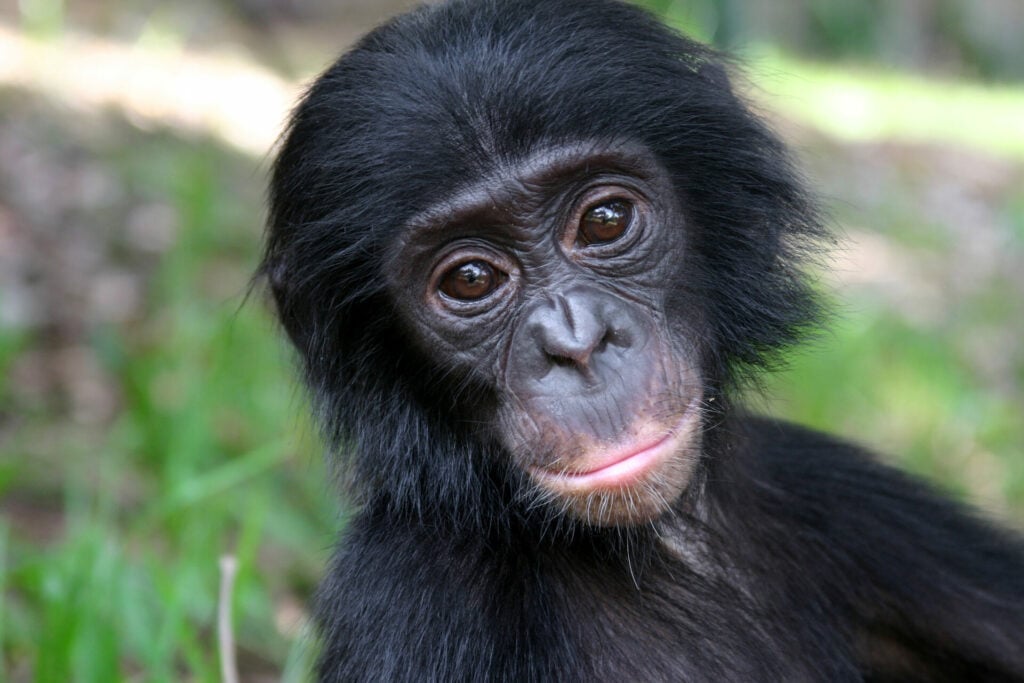Diamonds are always a girl’s best friend and never more so than on Valentine’s Day when romance is in the air – and also in jewellery shops across the world.
With more than six million couples expected to get engaged in America alone on February 14 there will be plenty of single ladies seeing their men putting a ring on it.
But while a diamond is said to be the ultimate symbol of love, mining for it seriously damages the environment. The illicit trade has caused endless conflict, and many of the diamonds hanging around our necks and placed on our fingers have been plucked from the ground by children as young as 11 used as slave labour.
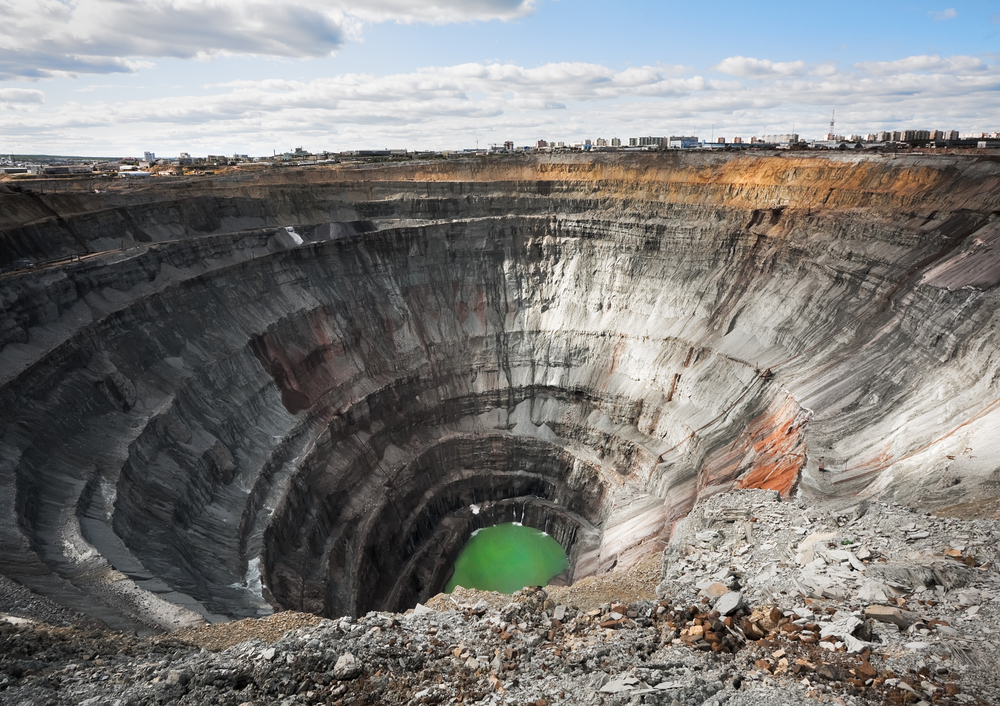
These so-called blood or conflict diamonds have been mined in warzones and the profits fund the militia or rebel groups to create more fighting in places such as the Democratic Republic of Congo, Sierra Leone, and Angola.
And they harm entire communities who send children to work at the mines. As well as the back-breaking working conditions, which cause hernias and exhaustion, the children are too busy sieving for gems to receive an education.
Many workers and their families leave their villages to live in camps they set up near the mines, where they often succumb to malaria or from parasites contracted from drinking dirty water from streams they use as toilets.
Blood Diamonds
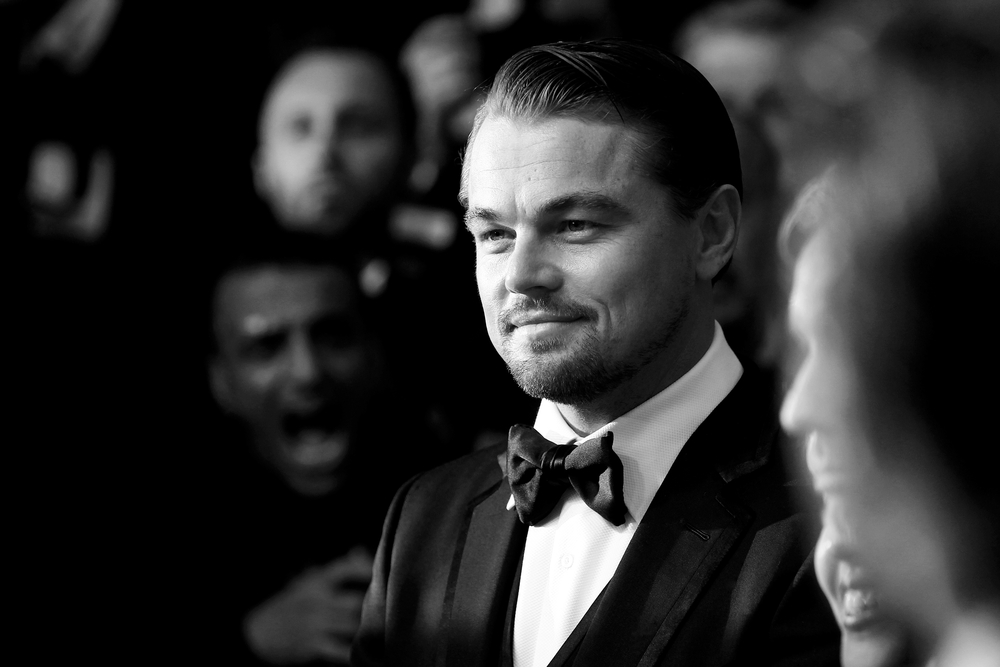
Films such as environmental activist and award-winning actor Leonardo DiCaprio’s Blood Diamonds in 2006 raised awareness of the illicit trade and its role in funding civil war.
This increased awareness severely damaged the reputation of the international gemstone and mineral trade as well as the closely connected fine jewellery sector.
In the years since, what – if anything – has changed? And what should we as consumers be aware of if we are buying jewellery and want to make an ethical choice?
Back in 2003, the diamond industry introduced the Kimberley Process, a certification scheme to ensure that the sale of rough diamonds would no longer fund wars by rebel movements against legitimate governments. But the smuggling and laundering of diamonds continues. Similarly, the sale of certain other gemstones and minerals, such as gold from South Sudan, still funds conflict.
When products cannot be traced, it is impossible to verify the conditions where they came from. Organised crime remains a problem in small scale mines, which is where 90 per cent of miners in over 70 countries work. Human bondage is an issue, as is child labour.
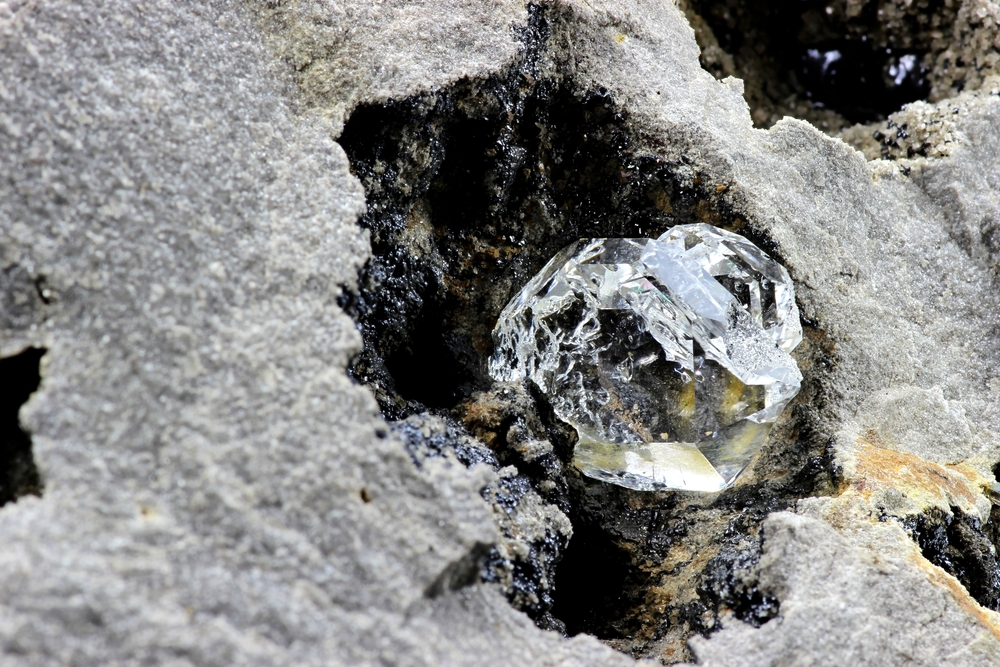
Yet boycotting trade with problematic areas of the world in favour of certified materials from developed nations raises other human rights issues. In Canada and Greenland, for instance, there are controversial disputes about mines on indigenous lands.
And removing precious materials from the ground creates environmental damage wherever it takes place. Some mines continue to use mercury to extract gold, polluting waterways and harming workers, while 80 per cent of mined gemstones and 20 per cent of mined diamonds come from small artisanal mines where top soil is simply removed, not stored, leading to soil degradation and little chance of rehabilitating the land.
Neither does recycling materials offer a simple solution. Recycling is itself an industrial process that has a carbon footprint and generates air pollution. There is relatively little available on the market. Recycled material accounts for just 28 per cent of the total gold supply and 5 to 10 per cent of the diamond supply.
Glittering Opportunities
As these figures indicate, there remains a heavy reliance on mined materials. But that doesn’t inevitably mean exploitation of workers involved. Research undertaken by Estelle Levin-Nally of Levin Sources, a consultancy involved in sustainable mining and sourcing, found that in some parts of Africa, miners earn up to ten times more than in agriculture. The presence of mines can also lead to further job creation in an area and bring in additional investment, as with De Beers’ funding for mine hospitals. In 2016, these received 181,000 visitors, 50 per cent of whom were local people.
There are also a growing number of individuals and groups striving to raise the ethical standards of the jewellery industry from within. Fair Luxury, for example, provides a platform to discuss and promote responsible sourcing in the jewellery industry. Visual artist and jeweller Arabel Lebrusan believes that ‘there’s no way back from the moment you’re converted’ to working ethically. Her commitment to doing so has taken her many places, including on a visit to the artisanal co-operative mine in Columbia that she uses.
Initiatives such as this mark a major sea-change in the industry. There has until recently been ‘scepticism that there was any demand for ethical jewellery’ jeweller Vania Leles told The Ethicalist. But all that has changed with the Fairmined and Fairtrade certification schemes for gold. As with other fair trade products, these ensure that workers operate in a safe environment and receive a decent wage.
An ethically-sourced diamond should be ‘mined in conditions untouched by bloodshed, regardless of the cause’
The mining co-operatives involved also receive a premium payment, with workers voting about how to spend this. At one site in Peru, they elected to have electricity installed in their village and a mobile phone tower erected at the mine so when they are staying there for weeks at a time, they can still contact their families.
There are also concerted efforts to improve the traceability of coloured gemstones. Companies such as Nineteen48 have led the way on this; they supply fully-traceable, ethically-sourced gemstones that come either from its own mines in Sri Lanka or an exclusive network of approved partners. Now the Responsible Jewellery Council, a not-for-profit standards setting organisation, is developing a certification scheme.
Ethical Diamonds
If you want to ensure your next piece of jewellery is as ethical as possible, ask your jeweller plenty of questions.
Conflict free diamonds haven’t financed a civil war, but as ethical jewellers Brilliant Earth point out ‘diamond-fuelled violence often happens in countries that are not officially at war.’ They say that an ethically-sourced diamond should be ‘mined in conditions untouched by bloodshed, regardless of the cause.’
To be ethically sourced a diamond should be mined in strict labour and environmental standards. ‘Child labour should not be used,’ advice Brilliant Earth. ‘Workers should earn fair wages and enjoy safe, decent working conditions.’
You can never ask too many questions. Enquire about certification schemes and sourcing. With small companies, you may be face to face with the owner who can answer (or not). With larger firms, it is worth asking to see their social responsibility reports. De Beers, Cartier and Tiffany all provide detailed accounts of their efforts across different aspects of ethics and sustainability.








